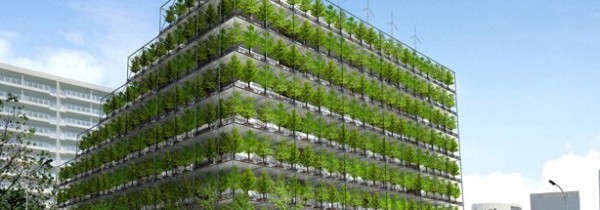Green architecture: how low can a low-carbon building go?
When is a green building a green building? Does it need to bristle with wind turbines and photovoltaic tiles, and sprout Sedum plants from every available plane? In a world packed with “greenwash”, outlandish claims and confusing information, there are two very different approaches to assessing the criteria of what constitutes a low-carbon building.The BREEAM (Building Research Establishment Environmental Assessment Methodology) system has been in place since 1990, and is used in more than 60 countries. The assessment rates buildings from “pass” to “excellent”, based on criteria including the use of renewable technology, super-efficient insulation and passive design features.
The method can be applied to new builds, and to measures that reduce the ecological footprint of existing buildings. There is also a category that encompasses entire communities in an attempt to encourage a more sustainable approach to planning new, multi-property developments. BREEAM covers landscape considerations as well as the fabric of the building, and also – controversially – allows carbon offsetting.



